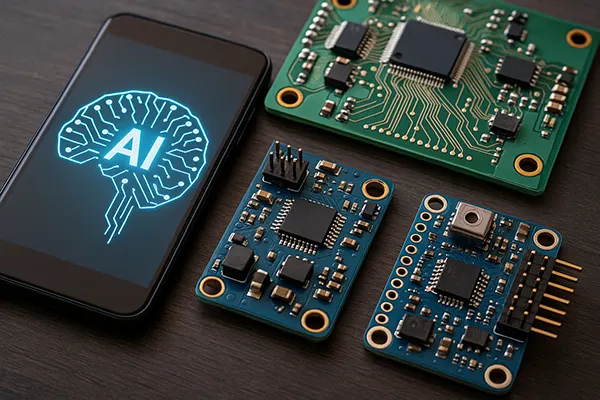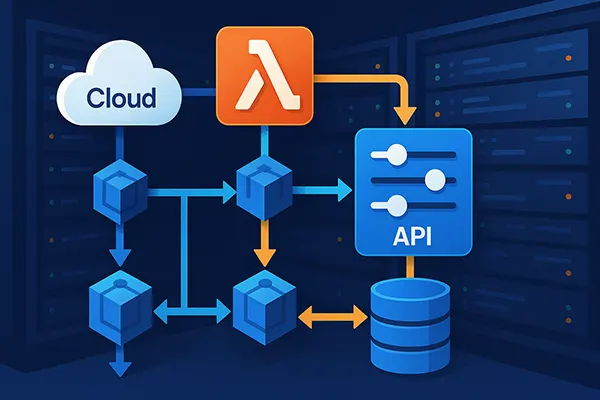AR Platforms in Education: Top 5 Innovations Transforming Learning in 2025

In 2025, augmented reality (AR) continues to reshape how we approach learning, offering immersive tools that enhance both traditional and digital education. With major technological advances and an emphasis on experiential learning, AR platforms are being adopted globally to address engagement gaps, improve retention, and adapt content for various learner profiles. This article explores the top five new AR solutions making a tangible impact on education today.
1. Merge EDU: Hands-On Learning Through Interactive AR
Merge EDU remains one of the leading AR platforms for STEM education in 2025. The system allows students to hold and interact with 3D objects using the Merge Cube, enabling tactile exploration in subjects such as anatomy, earth science, and physics. These AR simulations are integrated with standards-based lessons, allowing teachers to align digital content with the curriculum effectively.
The platform has grown significantly in the past year, with new multilingual support and regional content, especially tailored for European and Asian markets. Merge EDU now includes enhanced real-time feedback and assessment tools, helping educators measure student understanding instantly.
One of the key features appreciated by educators is the platform’s ease of access — no VR headsets or complex equipment required. Students simply use tablets or smartphones, which makes Merge EDU ideal for both classroom and remote learning setups.
Curriculum Integration and Accessibility
Merge EDU stands out for its strong curriculum alignment and accessibility. It offers pre-built lesson plans that are compatible with national education standards in countries like the UK, US, and Australia. Teachers can adapt or customise these templates using an intuitive editor, ensuring content meets specific learning objectives.
Another benefit is the platform’s compatibility with Chromebooks and iPads, commonly used in schools. This minimises tech investment barriers and broadens adoption potential. Merge’s growing content library includes over 1,000 AR objects, providing educators with flexibility to support multiple subjects and grade levels.
Student feedback highlights how Merge transforms passive reading into interactive exploration. Teachers report higher engagement levels, especially among students with learning differences or attention challenges.
2. JigSpace: Creating AR Presentations for Classroom and Beyond
JigSpace has evolved into a powerful educational tool, moving beyond engineering and manufacturing into mainstream classrooms. Its primary function — creating and sharing step-by-step 3D presentations called “Jigs” — allows students and teachers to visualise complex processes in AR. In 2025, it supports live collaboration and can be integrated with popular LMS platforms like Google Classroom and Microsoft Teams.
In the current school year, JigSpace introduced a library of education-specific templates covering subjects like biology, history, and environmental science. This reduces the time teachers need to prepare content while ensuring educational accuracy and alignment with learning outcomes.
Students can also create their own Jigs, a process that builds creativity, critical thinking, and digital literacy. The platform includes drag-and-drop features, voice narration, and the ability to embed videos or links, making it an engaging tool for group projects and flipped classroom models.
Empowering Student-Created Content
One of JigSpace’s standout features is its ability to foster student-led learning. By allowing learners to design their own AR content, it encourages exploration and ownership. This approach is especially effective in project-based learning environments where research and presentation are key elements.
With real-time sharing and cloud-based collaboration, students can co-author presentations and receive peer feedback. Teachers can assess both the process and outcome, offering a more holistic evaluation method compared to traditional tests.
JigSpace has become increasingly popular in higher education as well, particularly in design, architecture, and engineering programmes where spatial understanding is critical. Its mobile-first interface ensures students can access content anywhere, anytime.

3. CoSpaces Edu: Bridging Coding and Creativity
CoSpaces Edu empowers students to build their own AR and VR experiences using block-based coding or JavaScript. Designed for schools with a focus on STEAM subjects, the platform allows learners to design virtual worlds and bring them to life with interactive elements. In 2025, CoSpaces Edu has released major updates, including AI-generated assets and voice-activated triggers for immersive storytelling.
The interface is intuitive, enabling both younger students and advanced users to participate meaningfully. Educators can assign tasks, monitor progress, and assess creativity and logic through detailed analytics dashboards. It supports both AR and VR viewing modes, which broadens its use in hybrid classrooms.
In recent evaluations, CoSpaces Edu has been praised for its ability to make abstract programming concepts tangible. By merging visual storytelling with computational thinking, it appeals to diverse learning styles and fosters deep digital competence.
Cross-Disciplinary Use and Teacher Training
CoSpaces Edu isn’t confined to computer science classes. It’s used across subjects — from visual arts to history — allowing students to recreate historical events or develop simulations of ecological systems. This versatility enhances critical thinking and encourages cross-curricular connections.
Teacher training has been a focus for CoSpaces Edu in 2025. A new onboarding hub offers bite-sized professional development modules, allowing educators to become confident with the tool quickly. Certification tracks have been introduced, enabling teachers to earn CPD credits through usage.
Moreover, schools benefit from a secure, GDPR-compliant cloud infrastructure, making CoSpaces Edu a trustworthy solution for institutions prioritising data privacy and security.
Popular topics
-
 High-Performance Networking...
High-Performance Networking...High-performance networking has become a core requirement for modern …
-
 Edge AI and TinyML: How Int...
Edge AI and TinyML: How Int...Edge-level artificial intelligence has become one of the most …
-
 How to Programmatically Bui...
How to Programmatically Bui...Creating a flexible and efficient microservices ecosystem in 2025 …
-
 The Role of Artificial Inte...
The Role of Artificial Inte...Artificial intelligence has become a practical component of gambling …
-
 Virtual and real hosting, w...
Virtual and real hosting, w...Today, many providers offer virtual servers where you can …
